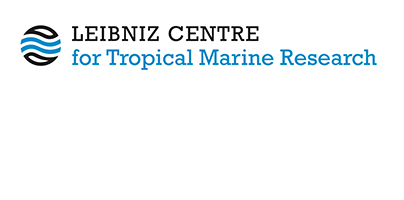Biogeochemistry of the Dumai River estuary, Sumatra, Indonesia, a tropical black-water river.
Alkhatib, M., Jennerjahn, Tim C.  ORCID: https://orcid.org/0000-0003-1022-5126 and Samiaji, Joko
(2007)
Biogeochemistry of the Dumai River estuary, Sumatra, Indonesia, a tropical black-water river.
Limnology and Oceanography, 52
(6).
pp. 2410-2417.
DOI https://doi.org/10.4319/lo.2007.52.6.2410.
ORCID: https://orcid.org/0000-0003-1022-5126 and Samiaji, Joko
(2007)
Biogeochemistry of the Dumai River estuary, Sumatra, Indonesia, a tropical black-water river.
Limnology and Oceanography, 52
(6).
pp. 2410-2417.
DOI https://doi.org/10.4319/lo.2007.52.6.2410.
|
Text
Alkhatib.pdf - Published Version Restricted to Registered users only Download (551kB) |
Abstract
The biogeochemistry of the Dumai River estuary in eastern Sumatra, Indonesia, was studied in order to obtain information on the sources, transformation, and fate of organic matter. Between October and December 2003, water, total suspended matter (TSM), and sediments were sampled along a salinity gradient during four campaigns, and plants and soils were collected from the catchment. Water samples were analyzed for dissolved inorganic nutrients and dissolved organic carbon (DOC). The concentrations of organic carbon (Corg) and total nitrogen (N) and the stable carbon (δ13Corg) and nitrogen (δ15N) isotope distributions were determined in TSM, sediments, plants, and soils. The pH as well as the concentrations of dissolved inorganic nutrients and TSM were very low in the river and increased toward the sea. A maximum DOC concentration of 5,050 µmol L−1 was measured in the river, and concentrations decreased toward the sea. Low‐gradient relief and a dense vegetation cover, and hence little weathering and erosion, appear to be responsible for low river loads of dissolved nutrients and TSM in this black‐water river. Leaching from extensive peat soils in its catchment may account for the high DOC content of the Dumai River. Peat swamps drained by numerous small rivers are estimated to cover 3.3 X 104 km2 in eastern Sumatra, suggesting that leaching of DOC may be a significant source of carbon to the adjacent coastal seas. A comparison with “normal” rivers shows that black‐water rivers can export similar amounts of DOC from catchments that are orders of magnitude smaller. Thus, export from small black‐water rivers may be quantitatively more significant for the global DOC input into the ocean than previously thought.
| Document Type: | Article |
|---|---|
| Programme Area: | PA3 |
| Research affiliation: | Biogeochemistry and Geology > Ecological Biogeochemistry |
| Refereed: | Yes |
| Open Access Journal?: | No |
| DOI: | https://doi.org/10.4319/lo.2007.52.6.2410 |
| ISSN: | 00243590 |
| Date Deposited: | 26 Feb 2020 12:50 |
| Last Modified: | 05 Nov 2025 17:06 |
| URI: | https://cris.leibniz-zmt.de/id/eprint/3446 |
Actions (login required)
 |
View Item |





 Tools
Tools Tools
Tools